What Kind of Cervical Pillow Truly Fits Your Neck’s Curve?
Imagine this scenario: Every night, you fluff up a standard pillow and hope for the best, but each morning you wake with a stiff neck. You’ve heard about “cervical pillows” that claim to support your neck’s natural curve, but you wonder – what does that really mean? And do those special pillows actually make a difference? Let’s explore through a short story and some insight into finding a pillow that truly fits the cervical curve.
A Sleepless Night and a Painful Morning
Emma drifts off to sleep with two ordinary pillows stacked under her head. She’s a side sleeper who prefers some height. But by 3 AM, she’s tossing and turning. One pillow slides away; the other goes flat. Her neck is now angled sharply downward. Fast forward to morning: Emma wakes up dizzy and sore. Sound familiar? Many of us, like Emma, use whatever pillow is on hand, not realizing it might be the source of our discomfort. In Emma’s case, the pillows failed to maintain the alignment of her neck. When she lay on her side, there was a gap under her neck that wasn’t supported, causing her spine to curve unnaturally. When she rolled onto her back, the pillows were too puffy, pushing her head forward. All night, her neck was either dangling with no support or craned forward – no wonder she hurt!
Discovering a Pillow That Fits – The Turning Point
Fed up, Emma decides to invest in a proper cervical pillow. She chooses one designed to mirror the natural shape of the neck – the DonaHona Cervical Pillow. The first night is a revelation. The pillow has a concave center where her head rests and a raised contour edge that supports her neck. When Emma lies on her back, she immediately feels the pillow filling the hollow of her neck. Her head isn’t elevated too high; it’s cradled just right. When she switches to her side, the pillow’s higher side supports the distance between her shoulder and neck, keeping her spine straight. It’s as if this pillow was custom-made for her anatomy. No gaps, no awkward angles – her neck’s lordotic curve (the gentle inward C-shape) is perfectly accommodated. She wakes up feeling rested and without the usual crick in her neck for the first time in years.
So, what kind of pillow can truly “fit” the cervical curve? Based on Emma’s experience (and echoed by experts), it comes down to a few key features:
-
Ergonomic Contour Shape: A pillow that is not just a flat rectangle. Instead, it should have a contour – typically a dip in the middle for the head and a bolster for the neck. This design ensures the pillow meets the curve of your neck rather than your neck floating or being propped unnaturallythepaper.cn. The curved middle of the DonaHona pillow, for example, supports the cervical spine while the raised sides support the head, preventing misalignmentdonahona.com.
-
Proper Loft (Height): The pillow’s height should match your sleeping position and body. For most, that means a lower profile when lying on your back and a higher profile for side sleepinghealth.harvard.edu. The ideal pillow will often have dual heights (like Emma’s pillow) so you can use the side that suits your posture. It “truly fits” your curve when, in both positions, your neck isn’t left hanging nor pushed up. Your face should be roughly parallel to the ceiling when lying down, indicating a neutral neck position.
-
Supportive Core Material: To maintain the cervical curve, the pillow must hold its shape under the weight of your head while still molding to your neck. Memory foam and latex are popular for this reasonhealthline.comsleepfoundation.org. The right cervical pillow uses high-density memory foam that responds to your body – it yields where you apply pressure but springs up to support the neck’s hollowdonahona.com. This dynamic molding is essential; it’s what separates a true cervical pillow from a generic one. In contrast, a regular feather pillow might collapse completely (no support), whereas a hard foam pillow might not contour at all (creating pressure points). The sweet spot is a pillow that adapts to you and maintains support throughout the night.
Emma’s transformation after using a properly fitting cervical pillow was dramatic. She described it in one word: “relief”. Her neck felt “hugged” and supported, not hovering or strained. She also noticed secondary benefits: no more numb arm under the pillow (because her new pillow has armrest grooves for side sleepingdonahona.com), and improved breathing at night (her head and neck weren’t kinked, keeping airways open).
Sharing the Experience – How It Feels
For those who have never tried a cervical pillow, the feeling can be odd at first – “Is the pillow hugging my neck too much?” you might wonder. But a well-designed one strikes the right balance. Users often report a sense of being cradled or enveloped in a good way, which actually promotes muscle relaxationhome.ifeng.com. When a pillow truly fits your neck’s curve, your neck and shoulder muscles can finally let go of their tension, because they’re not struggling all night to support your headhome.ifeng.com. Emma noted that after a week, she stopped noticing the pillow’s shape consciously – she simply slept deeper and woke up without pain.
Choosing Your Perfect Curve-Hugging Pillow
If you’re on a quest for a pillow that will match your cervical curve, keep these pointers in mind:
-
Look for contoured cervical pillows (often marketed for neck pain) with distinct neck support. Avoid flat slabs.
-
Check the dimensions: Aim for a height that corresponds to your body size. For many women or individuals with smaller frames, a medium or low height is better; broader-shouldered individuals might need a taller side.
-
Materials matter: Memory foam (especially slow-rebound foam like in the DonaHona pillow) is excellent for molding to curvesdonahona.com. Make sure it’s quality foam that doesn’t sink and stay sunken. If memory foam isn’t your preference, a hybrid pillow with both foam and a softer fill or a shaped latex pillow can also do the trick – the goal is responsive support.
-
User Reviews & Trials: Don’t shy away from reading reviews. Many people will describe exactly what you want to know: does it maintain the curve support, how does it feel for different sleeping positions, etc. For instance, one user review of the DonaHona Cervical Pillow noted: “My neck doesn’t hurt anymore after I switched to this pillow… the contoured shape and built-in arm grooves really make a difference”donahona.com. That’s the kind of feedback that signals a pillow truly fitting the neck’s curve.
In the end, the pillow that genuinely fits your cervical curve is one that feels like it was made for your neck. When you lie down on it, you should feel uniform support – no gap under the neck, no excessive pressure on your head. Your spine from head to tailbone should form a straight line, and your neck’s natural curve should be gently supported, not flattened and not exaggerated. If you get that right, you’ll likely experience the same life-changing comfort that Emma did. Say goodbye to stiff necks and hello to a pillow that “has your back” – or rather, your neck – in the best way possible.


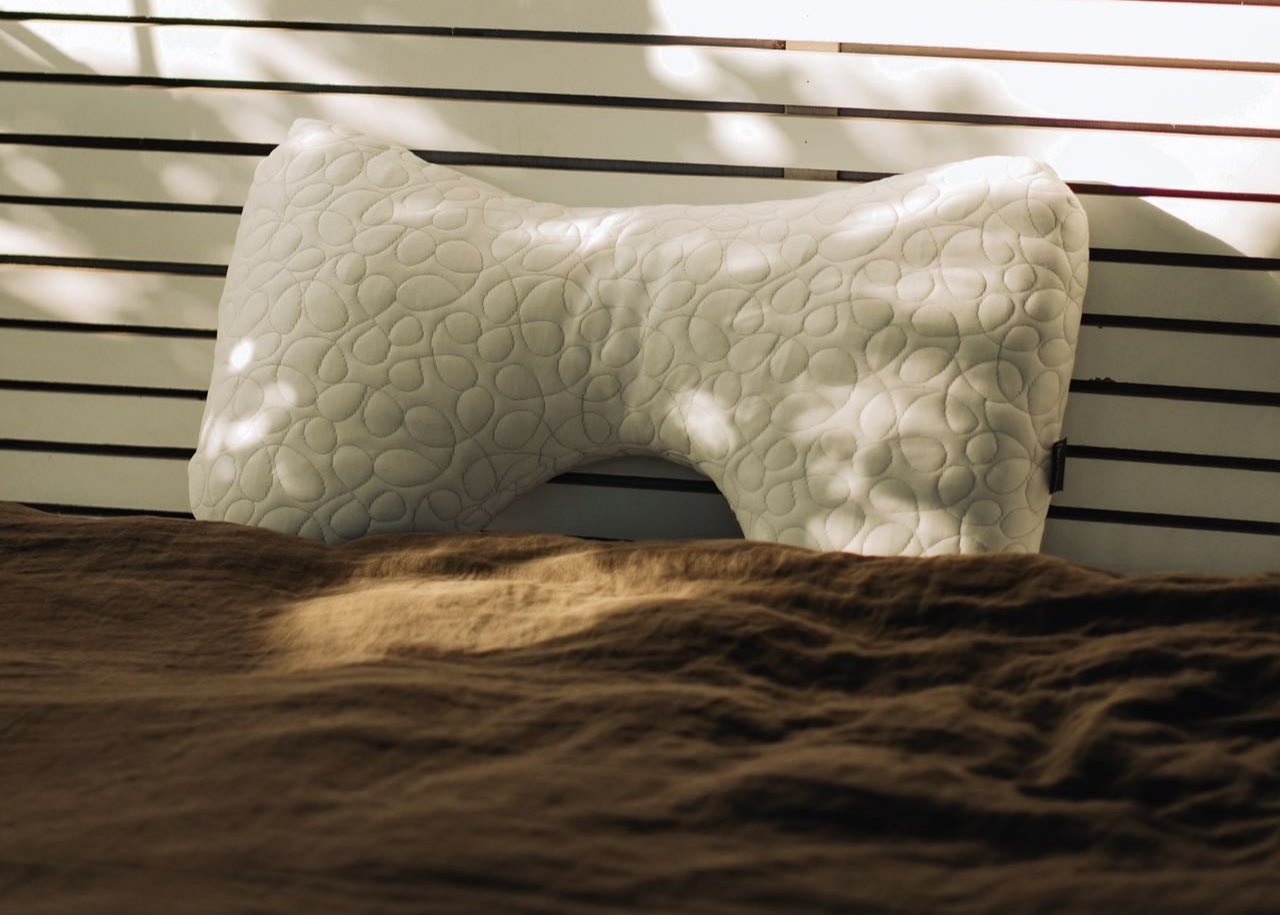
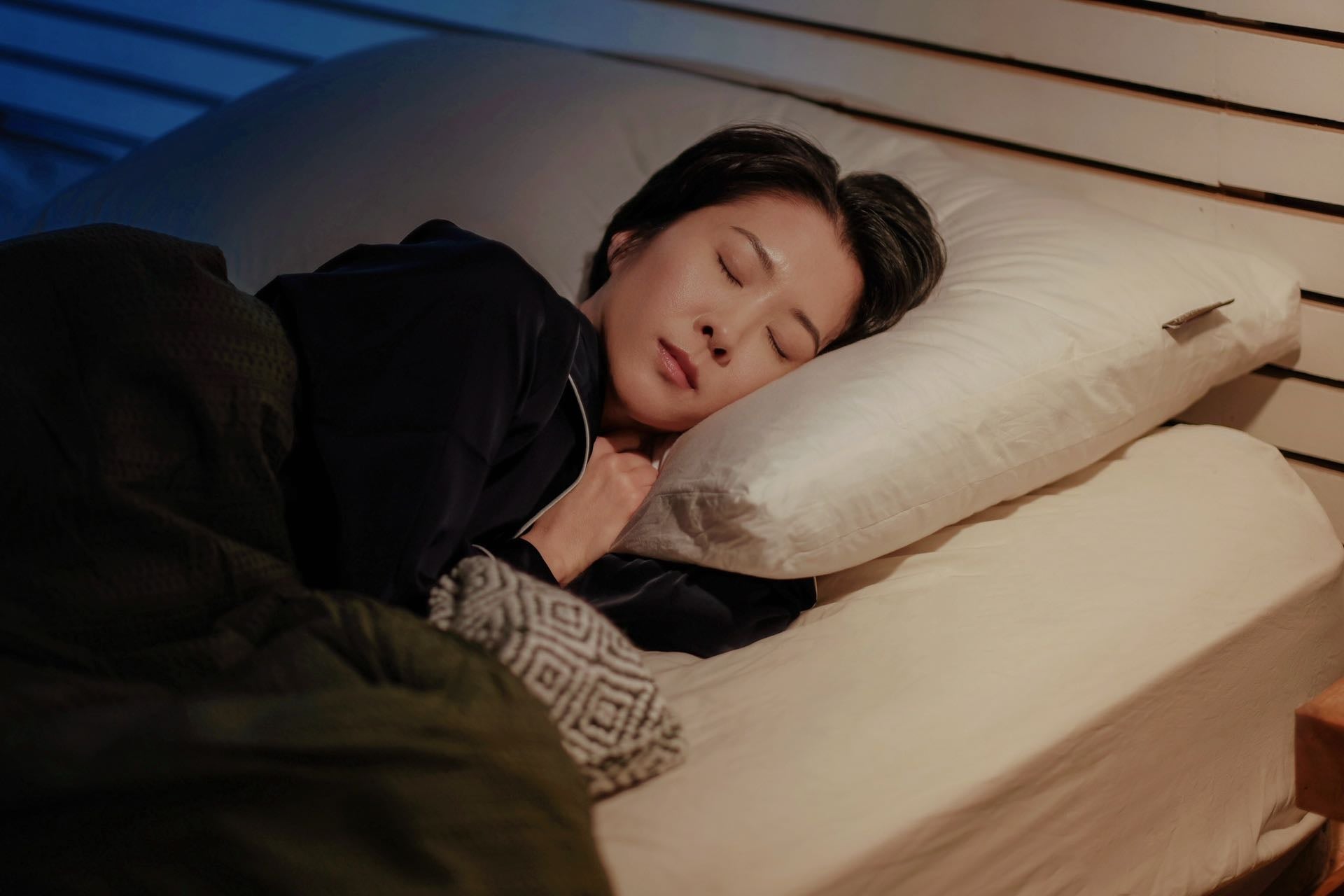

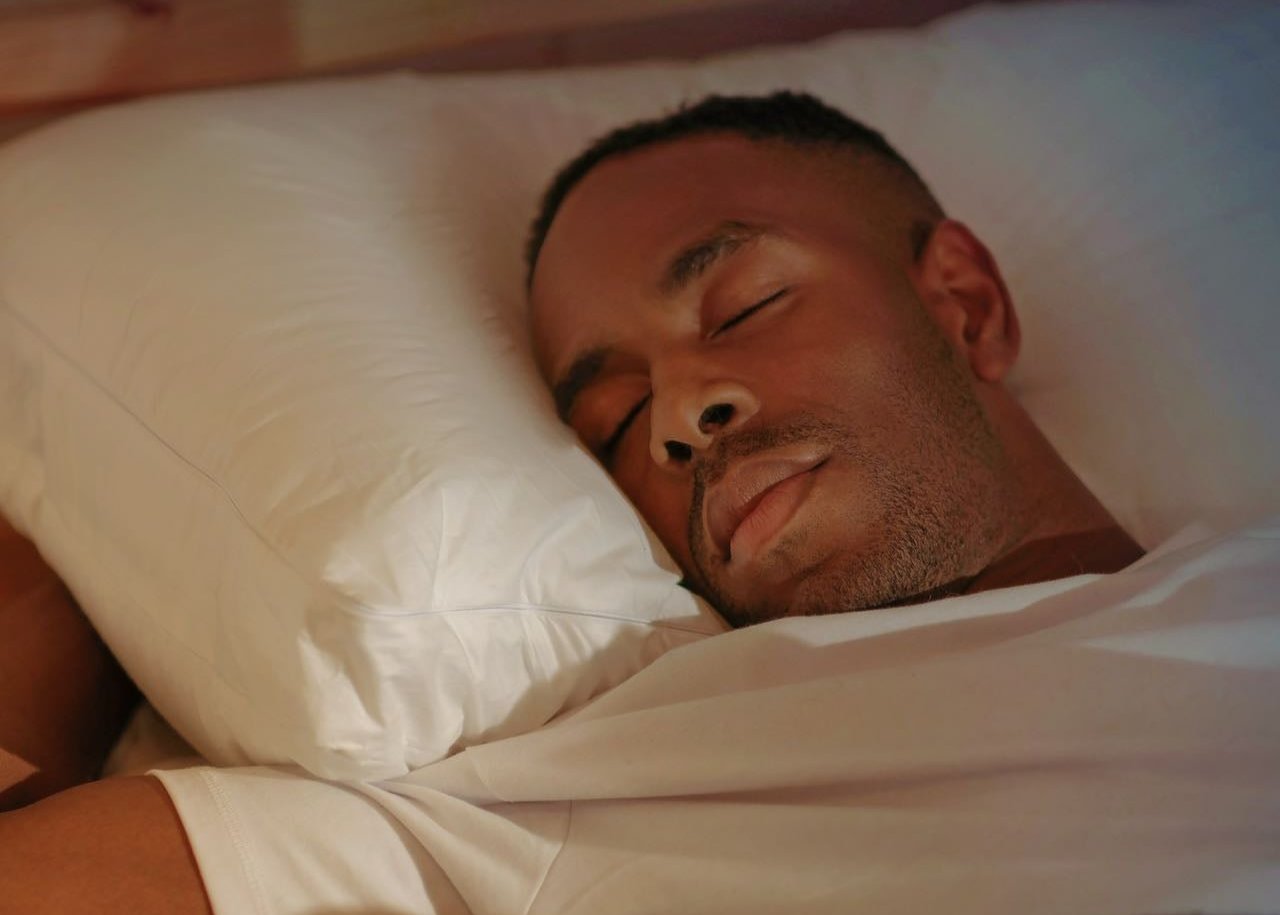
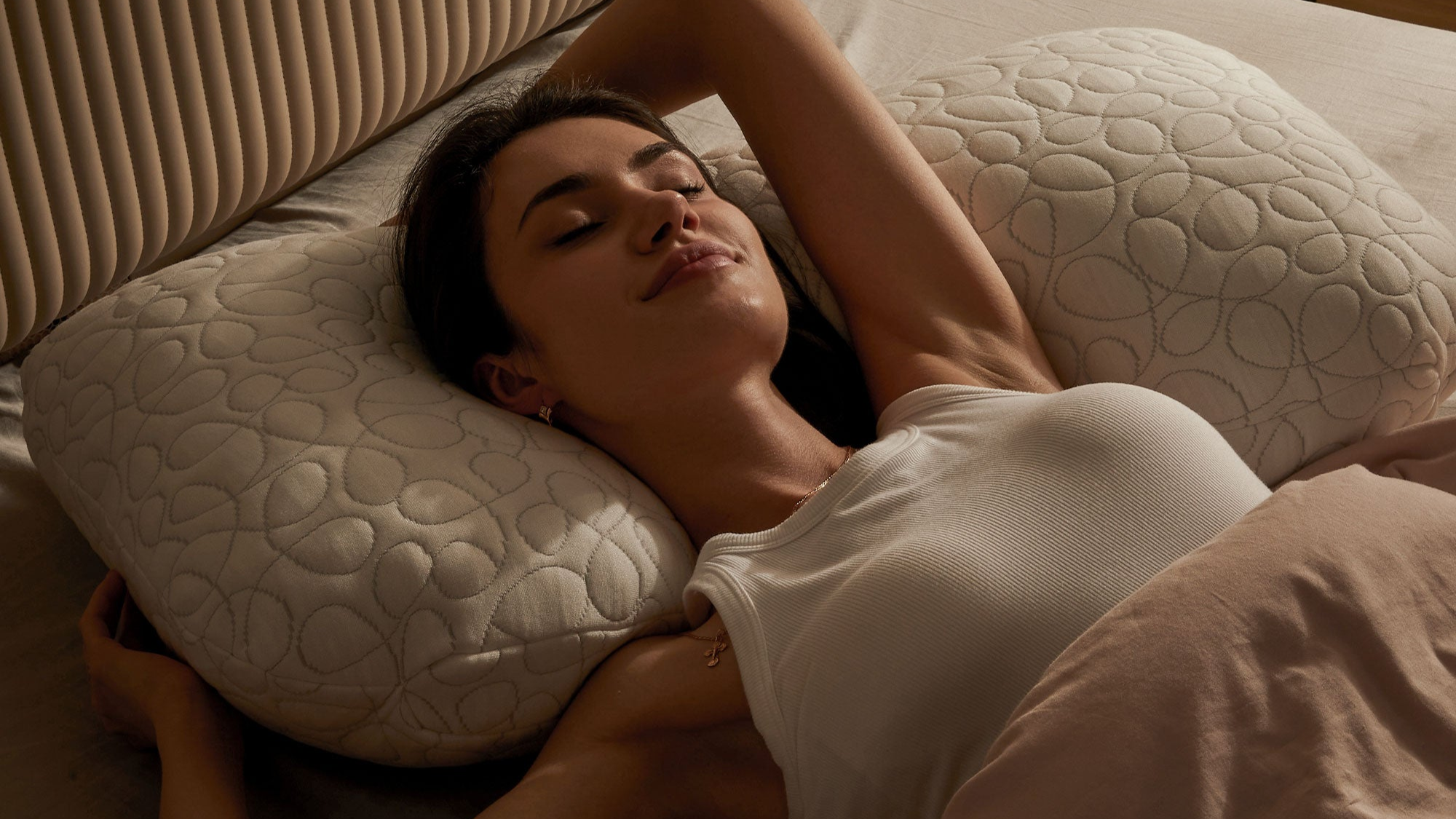
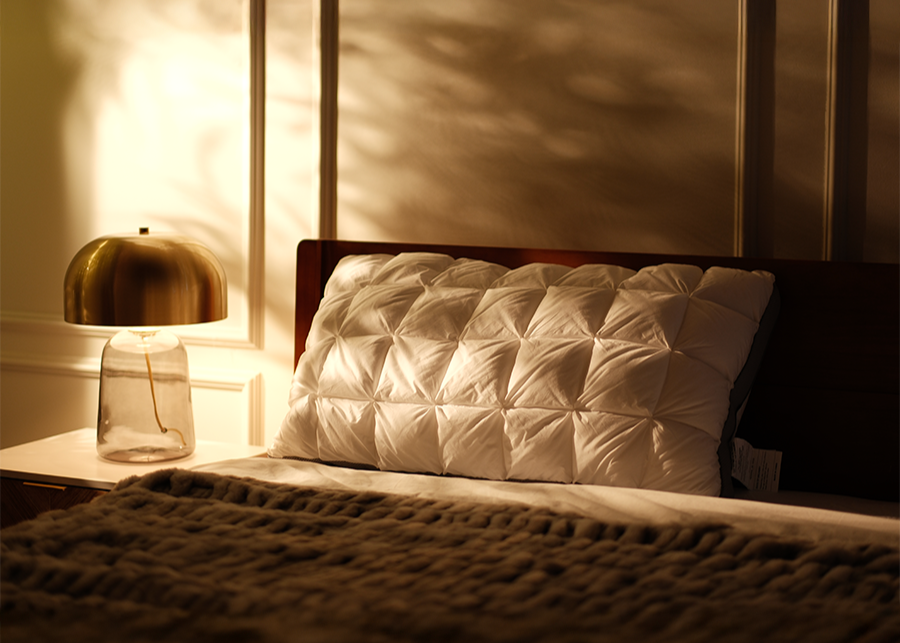

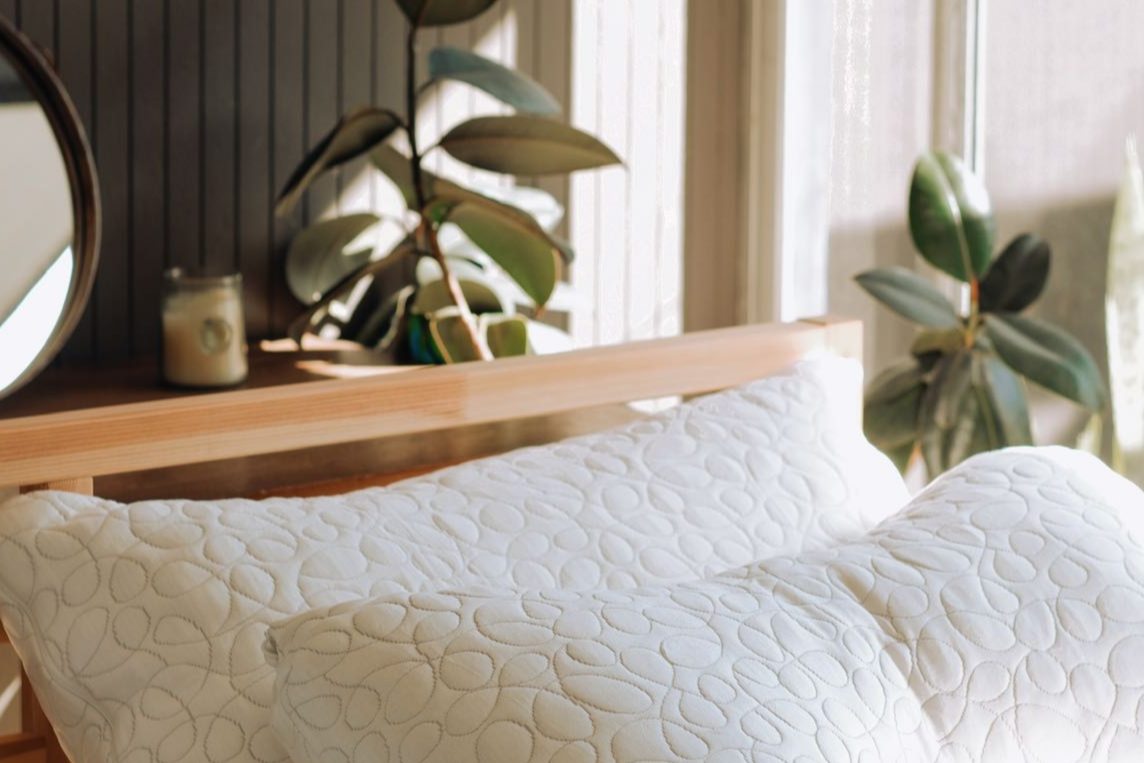
Leave a comment
This site is protected by hCaptcha and the hCaptcha Privacy Policy and Terms of Service apply.